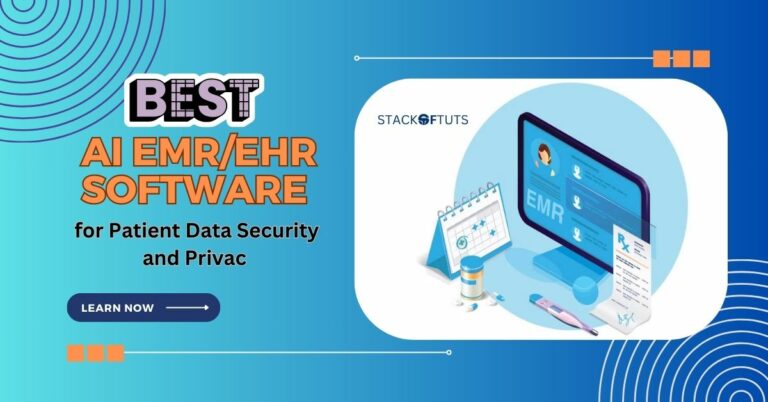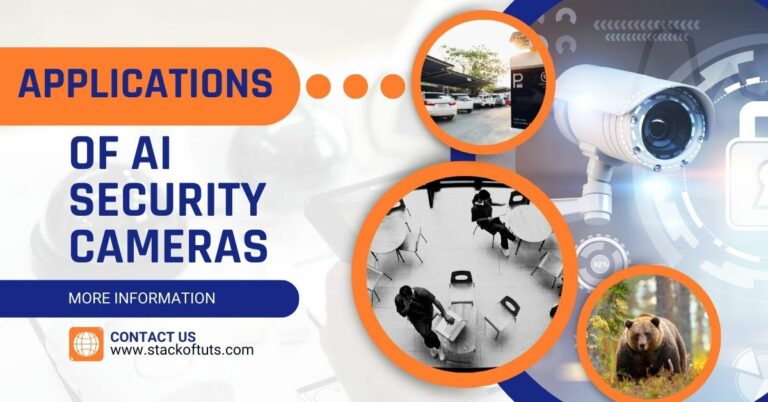
In recent years, the educational landscape has experienced a transformative shift, with examples of artificial intelligence in education becoming increasingly prevalent. This shift is not only enhancing the learning experience but also revolutionizing the way educators approach teaching. This article dives deep into some prominent examples of artificial intelligence in education, exploring their impact and potential for the future.
For a complete guide also read about Artificial intelligence used in Education dive into this link for exclusive insights and captivating discoveries!
What is AI?
Artificial intelligence, commonly referred to as AI, is the capability of machines to mimic or replicate certain functions of the human mind. This includes learning from data, reasoning, problem-solving, perception, and language understanding. In essence, AI integrates algorithms and computational models, allowing systems to perform tasks that typically require human intelligence.
How is AI relevant to education?
In the realm of education, AI’s potential is vast and transformative. By automating administrative tasks, offering personalized learning paths, or even aiding in content creation, AI is reshaping the educational environment to be more efficient and tailored to individual student needs. Let’s delve into some notable examples.
Benefits of artificial intelligence in education
1. Personalized learning platforms

These platforms can be integrated into classroom teaching or used as supplementary material for students. Teachers can assign tasks on these platforms, and based on student performance, the AI will adjust the content to suit individual learning curves.
- Tool: Knewton offers adaptive learning technology, providing personalized resources to students based on their performance.
2. Intelligent tutoring systems

Teachers can integrate these AI tools into their teaching process. For instance, after conducting a test, they can feed the answers into the system, which will automatically grade them, providing instant results.
- Tool: GradeScope: It allows teachers to grade digital or pen-and-paper tests, reducing the time spent on grading.
4. Smart Content Creation

Educators can use AI-driven tools to create content like notes, quizzes, or even video content tailored for their students. It ensures that students receive material that resonates with their understanding level and the current syllabus.
- Tool: Quizlet Known for its flashcards, it also has AI-driven features that adapt content based on the learner’s progress.
5. Virtual reality and AI-driven simulations

Integrate VR sessions into the classroom where students can use VR headsets to experience immersive lessons. This method is particularly beneficial for complex topics that benefit from visual and interactive learning.
- Tool: Nearpod: It provides interactive lessons, VR, and 3D experiences, allowing teachers to bring abstract concepts to life.
6. Chatbots for student queries

Implement chatbots on the institution’s website or learning management system. Students can ask these chatbot questions anytime, ranging from course-related queries to administrative doubts, ensuring they receive immediate answers.
- Tool: Watson Assistant: Powered by IBM’s Watson, this tool can be trained to answer queries related to a specific educational institution or course.
7. Predictive Analytics for Student Performance

By analyzing past student data, AI can predict future performances, allowing educators to identify at-risk students and provide them with additional resources or attention.
- Tool: BrightBytes leverages data analytics to improve the way the world learns, helping schools and teachers make better-informed instructional decisions.
25 examples of AI in artificial intelligence
| Number | Category | Tool/Example |
| 1 | Personalised learning platforms | Knewton Alta, DreamBox Learning, and Carnegie Learning’s MATHia |
| 2 | Intelligent tutoring systems (ITS) | Assistments, AutoTutor, and Betty’s Brain |
| 3 | Automated grading and feedback | Gradescope, Turnitin, Grammarly |
| 4 | Chatbots and virtual assistants | Bard, Google Assistant, and Alexa |
| 5 | Plagiarism detection | iThenticate, Turnitin, Unicheck |
| 6 | Learning analytics | Canvas Insights, Blackboard Learn Analytics and D2L Brightspace Insights |
| 7 | Assistive technology | Text-to-speech software, speech-to-text software, screen readers |
| 8 | Gamified learning | Minecraft: Education Edition, DragonBox Algebra, CodeCombat |
| 9 | Immersive learning environments | Google Expeditions, Labster, and Merge Cube |
| 10 | Adaptive learning | Knewton Alta, DreamBox Learning, and Carnegie Learning’s MATHia |
| 11 | Differentiation | Knewton Alta, DreamBox Learning, and Carnegie Learning’s MATHia |
| 12 | Remediation | Global Learning |
| 13 | Scaffolding | Assistments, AutoTutor, and Betty’s Brain |
| 14 | Mastery learning | Knewton Alta, DreamBox Learning, and Carnegie Learning’s MATHia |
| 15 | Competency-based education | Knewton Alta, DreamBox Learning, and Carnegie Learning’s MATHia |
| 16 | Project-based learning | Assistments, AutoTutor, and Betty’s Brain |
| 17 | Inquiry-based learning | Assistments, AutoTutor, and Betty’s Brain |
| 18 | Problem-based learning | Assistments, AutoTutor, and Betty’s Brain |
| 19 | Collaborative learning | Assistments, AutoTutor, and Betty’s Brain |
| 20 | Social-emotional learning | Assistments, AutoTutor, and Betty’s Brain |
| 21 | Global learning | Google Expeditions, Labster, and Merge Cube |
| 22 | Cultural awareness | Google Expeditions, Labster, and Merge Cube |
| 23 | Language learning | Duolingo, Babbel, and Rosetta Stone |
| 24 | STEM learning | Minecraft: Education Edition, DragonBox Algebra, CodeCombat |
| 25 | Arts and humanities learning | Google Arts & Culture, The Met Cloisters, and the National Museum of Natural History |
FAQs
A personalized learning platform tailors content using AI to suit individual student needs. It enhances engagement by aligning with a student’s learning pace and style.
Intelligent tutoring systems provide 24/7 AI-driven feedback and guidance, pinpointing learning challenges. Unlike human tutors, they offer instant, scalable support.
Yes, AI tools automate tasks like grading, allowing teachers to focus more on teaching and less on administrative duties.
No, VR and AI-driven simulations enrich learning across subjects, from visualizing historical events to understanding complex science concepts.
Conclusion
In conclusion, the examples of artificial intelligence in education are varied and impactful, offering both students and educators a more enriched, personalized, and efficient learning journey. As AI continues to evolve, its role in education is set to become even more pivotal, shaping the future of learning in ways we can only begin to imagine.
Thanks!





